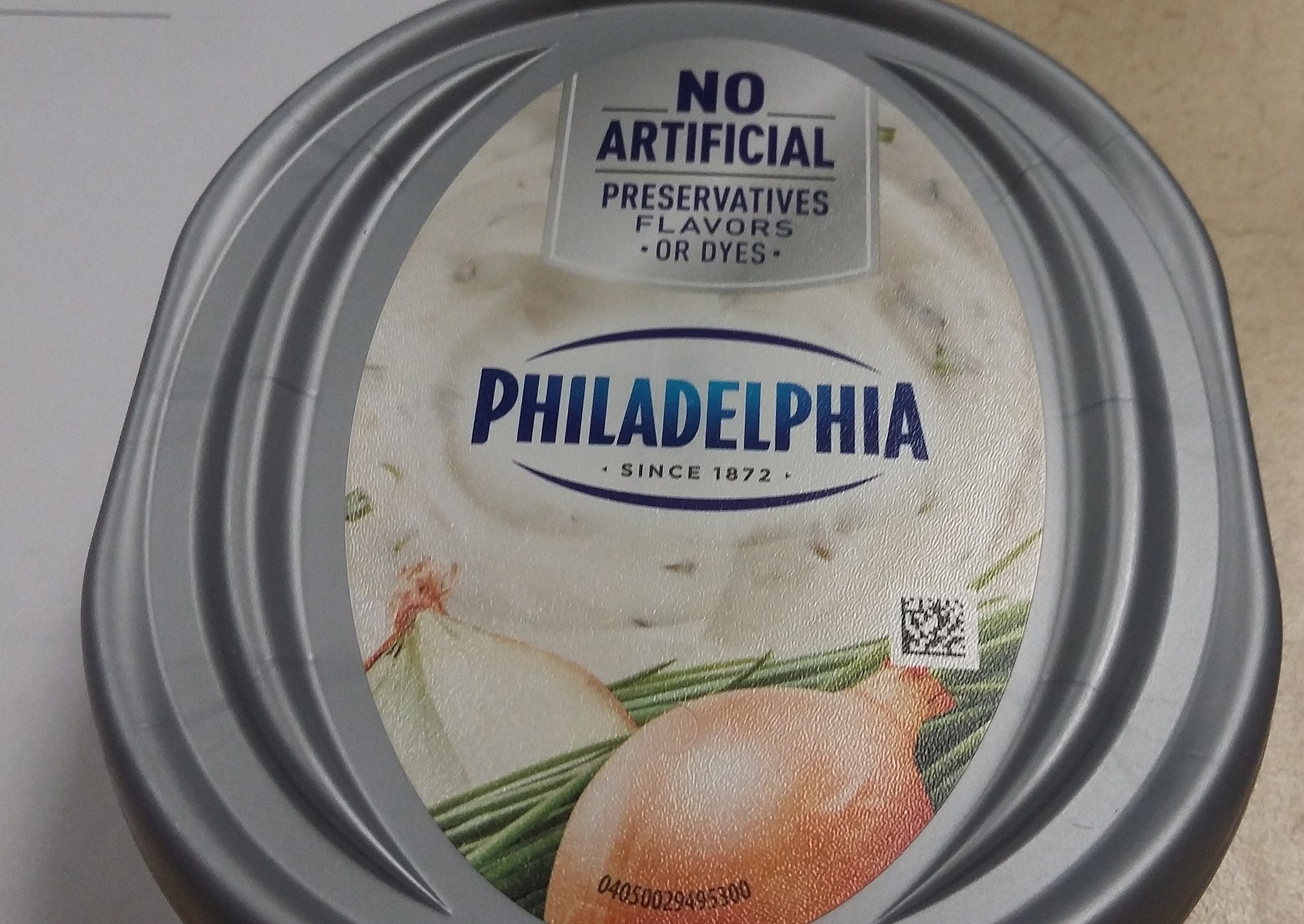
You can also spread a thin layer of cream cheese on celery sticks or another fruit or vegetable for a satisfying and nutritious option. Consider choosing a serving of whole-grain bread or bagels instead. White bread, bread products, and bagels made from refined grains add carbs, calories, and very little nutrition to your diet. The bagel or toast that you put the spread on is likely to contribute to the nutrition of your meal. If you use the whipped variety of cream cheese or the whipped version of butter, you'll cut calories as well. However, keep in mind that many people prefer a thicker layer of cream cheese than they do with butter, which will up the calorie content. You'll consume fewer calories and less saturated fat as a result.

For that reason, it may be easier to use less cream cheese than butter. Cream cheese is often easier to spread on toast or a bagel. However, subtle changes in the timing of the process can result in variations in flavor and texture. Inaccurate timing of heating leads to an inferior or unusable product. The key then is to kill the bacteria by heating the mixture to 52-63 ☌ at the moment the cheese is in an isoelectric point, meaning the state at which half the ionizable surface amino acids of the proteins are positively charged and half are negative. If the bacteria are left in the milk too long, the pH lowers further, the micelles attain a positive charge and the mixture returns to liquid form. Amino acids at the surface of the proteins begin losing charge and become neutral, turning the fat micelles from hydrophilic to hydrophobic state and causing the liquid to coagulate. During the fermentation at around 23 ☌, the pH level of the milk decreases. Lactic acid bacteria are added to pasteurized and homogenized milk. Normally, protein molecules in milk have a negative surface charge, which keeps milk in a liquid state the molecules act as surfactants, forming micelles around the particles of fat and keeping it in emulsion. It can also be used instead of butter or olive oil in mashed potatoes to create a creamy taste.Ĭream cheese is difficult to manufacture. It is the main ingredient in crab rangoon, an appetizer commonly served at American Chinese restaurants. It is sometimes used in place of butter (or alongside butter in a ratio of two parts cream cheese to one part butter) when making cakes or cookies, and it is also used to make cream cheese icing, which is similar to buttercream icing, (using a ratio of two parts cream cheese to one part butter) which is used to ice carrot cake. It can be a base to some spreads, such as yogurt-cream cheese topping for graham crackers, (1.25 parts cream cheese, 1 part yogurt, whipped.).


It can also be used to make cheese sauces. Usage Ĭream cheese is typically used in savory snacks of various types (for example, as a spread on bread, bagels, crackers, various types of raw vegetables, etc.), and can be used in cheesecakes and salads. įollowing successful marketing by Kraft Foods in Spain, some people there refer to "queso filadelfia" instead of "queso crema" or "queso cremoso". The technique is known to have been in use in Normandy since the 1850s, producing cheeses with higher fat content than the US model, and Philadelphia cream cheese has been suggested as a substitute when petit suisse is not available. In 1880, 'Philadelphia' was adopted as the brand name, after the city that was considered at the time to be the home of top quality food in the USA. Īccording to the American food processing company Kraft Foods, the first American cream cheese was made in Chester, New York in 1872 by American dairyman William Lawrence. Recipes are recorded soon after 1754, particularly from Lincolnshire and the southwest of England. There are references to cream cheese in England as early as 1583 and in France as early as 1651.


 0 kommentar(er)
0 kommentar(er)
